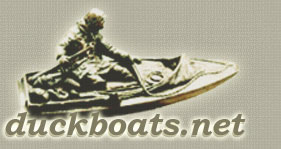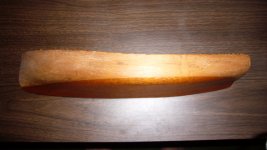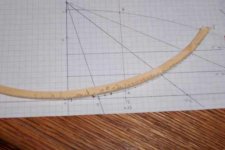Charlie S and Titan
Well-known member
Hi All,
Thought I'd whip out a scale model of the boat first as an experiment in thinking the construction through. Plus my daughter is very interested in all the ciphering and drawing on graph paper so, I think this would get her even more excited about the "project". She likes to help on projects.
For those of you that have built a model or half model of your boat before building it, what did you use for materials?
Looks like Sam Devlin uses thin plywood. Would balsa work? I saw that the local five and dime had balsa in the kids section.
Is superglue the best bet for adhesive?
Thanks,
Charlie
[inline drawing.jpg]

Thought I'd whip out a scale model of the boat first as an experiment in thinking the construction through. Plus my daughter is very interested in all the ciphering and drawing on graph paper so, I think this would get her even more excited about the "project". She likes to help on projects.
For those of you that have built a model or half model of your boat before building it, what did you use for materials?
Looks like Sam Devlin uses thin plywood. Would balsa work? I saw that the local five and dime had balsa in the kids section.
Is superglue the best bet for adhesive?
Thanks,
Charlie
[inline drawing.jpg]







